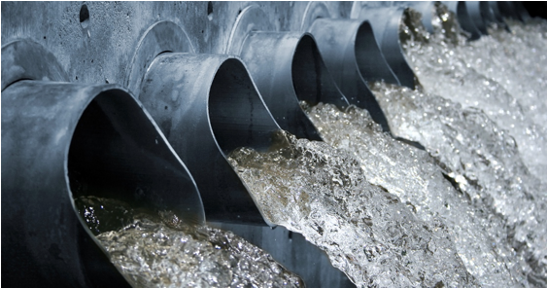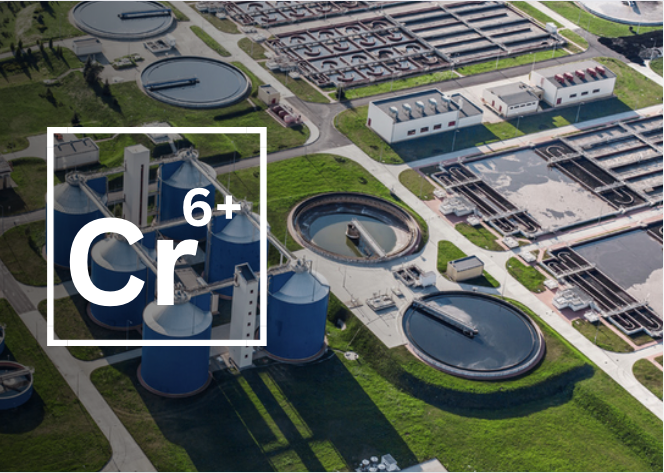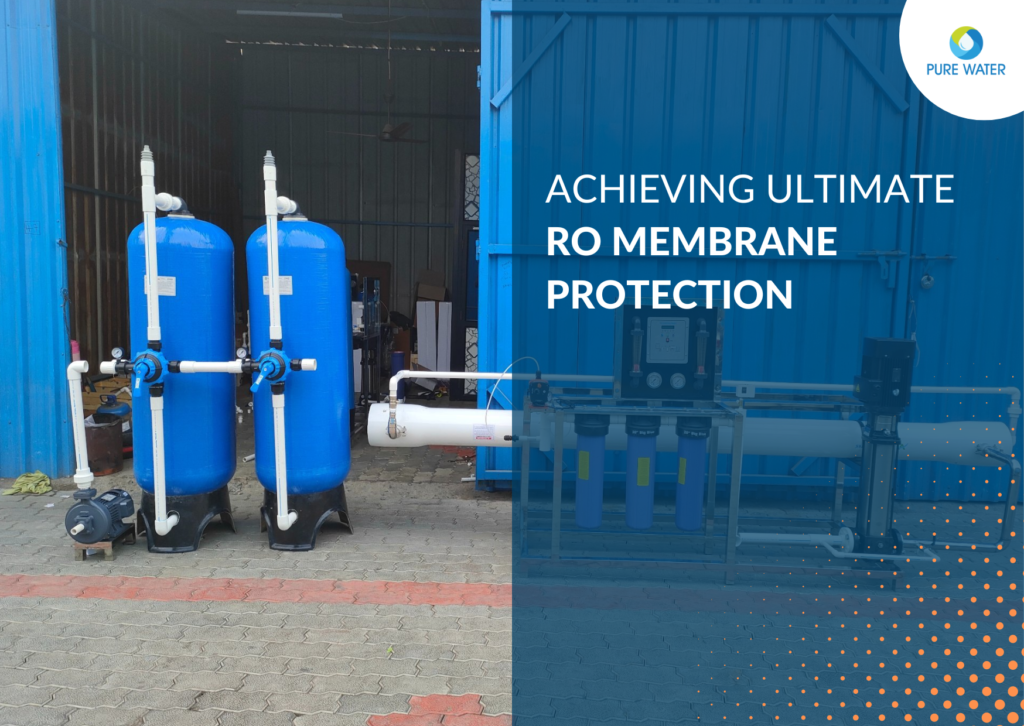
PRESENCE OF HEAVY METAL IN WATER:
Heavy metals such as zinc, iron, lead, mercury, copper, cadmium, and chromium are highly toxic and can cause serious harm to both human health and the environment. These metals can enter water sources through natural processes or as a result of human activities such as industrial processes, mining, and agricultural activities.
Chemical precipitation followed by ion exchange resin is a common method used for removing heavy metals from water. This process removes a majority of the heavy metals but a very small percentage of heavy metals still remain in the stream.
Ion exchange is the most preferred process for the polishing/removal of heavy metals from water in applications where the water will be used further for processes such as membrane systems wherein the residual metals can create problems.
CHEMICAL PRECIPITATION PROCESS:
Chemical precipitation is a process where a chemical reagent is added to water to convert the dissolved metal ions into an undissolved form, which can then be separated from the water. The most commonly used reagents for heavy metal removal are hydroxide, sulfide, carbonate, and phosphate ions.
The chemical precipitation process involves several steps:
- The water is mixed with the appropriate reagent in a reaction tank.
- The reagent reacts with the metal ions in the water, forming a precipitate.
- The precipitate is then allowed to settle in a separate settling tank.
- After settling, the clear water is decanted or filtered, leaving the heavy metal precipitate behind.
While chemical precipitation is effective in removing heavy metals from water, it can produce a large amount of sludge that needs to be disposed of properly. The sludge contains the heavy metals in a concentrated form and must be handled with care to avoid environmental contamination.
ION EXCHANGE RESIN:
Ion exchange resin is a process where a synthetic polymer resin is used to exchange ions with dissolved substances in water. The resin beads have a surface coating of either negatively charged or positively charged functional groups, which attract and exchange ions with the dissolved substances in water. In the case of heavy metal removal, the resin beads are coated with negatively charged functional groups, which attract and exchange positively charged heavy metal ions.
The Ion exchange process involves the following steps:
- The ion exchange resin process involves passing the water through a column filled with resin beads.
- The heavy metal ions are attracted to the functional groups on the resin beads, and as they pass through the column, they are exchanged with other ions, typically sodium or hydrogen ions.
- The heavy metal ions become bound to the resin beads, and the clean water exits the column.
Once the resin beads become saturated with heavy metal ions, they need to be regenerated. Regeneration involves passing a solution of high concentration of sodium or hydrogen ions over the resin beads, which displaces the heavy metal ions and restores the functional groups on the resin beads. The displaced heavy metal ions are then collected and disposed of properly.
In conclusion, chemical precipitation followed by ion exchange resin is an effective method for removing heavy metals from water. The two processes complement each other, with chemical precipitation removing the heavy metals in bulk and ion exchange resin removing the remaining dissolved heavy metal ions. However, proper handling and disposal of the heavy metal sludge and ion exchange resin is critical to prevent environmental contamination.
Get in touch with us at info@purewaterent.net, to know more about our offerings in Ion exchange resins and how we can help you with your water challenges! We have specialised resins for the removal of heavy metals such as iron, fluoride, zinc, arsenic, etc.






About The Author: Pure Water
More posts by Pure Water